Have you recently observed pale white spots on your child’s face? You must be wondering from where has these spots appeared on your kid’s cheeks and how to get rid of them? I am talking about a condition called Pityriasis Alba where in round or oval de-pigmented patches usually ranging from 0.5 to 2 cm in diameter appear most commonly on the cheeks of children between the ages 3 to 16 years. The patches may also be seen around the mouth, chin, neck, arms or shoulder area.
I am writing this blog to let you know that it is a self-limiting condition. It heals on its own and resolves in some months to years. Also I will be talking about what is Pityriasis Alba, what are the causes and how to get rid of it.
What is Pityriasis Alba?
Pityriasis Alba is a fairly common skin condition defined as dry hypo pigmented (less pigmented) patches on the face of children or young adults. As the name suggests, Pityriasis means ‘fine scales’ and Alba means ‘white or hypo pigmented’. Itching may or may not be present. It is not contagious i.e. it does not spread by contact. Also it is not a hereditary condition.
The margins in Pityriasis Alba are ill-defined. That is how it can be easily differentiated with another skin condition called ‘vitigo’ where the white patches are more prominent with sharp margins and are caused by lack of skin pigment (melanin).
Causes of Pityriasis Alba
The exact cause of Pityriasis Alba is not known with certainty, however some studies have reported the causes like mineral deficiencies such as iron and copper.
How to make a diagnosis of Pityriasis Alba?
The diagnosis is made solely on clinical appearance of the spots. No tests are required. Presence of the following symptoms indicate Pityriasis Alba:
- Shape: Round, oval or irregular hypo-pigmented (white) patches.
- Size: The patches are 0.5 to 2 cm in diameter.
- Presence: Patches are most commonly seen on the face especially cheeks and sometimes around the mouth, chin, neck, arms or shoulder area.
- Age: Children between the ages 3 to 16 years are usually affected.
- Itching: May or may not be present.
- Dryness of skin: Almost always present.
There are few other skin disorders that cause white spots on face such as vitiligo (caused by absence/disappearance of skin pigment producing cells from the affected areas of skin), tinea versicolor (yeast infection on skin), milia (small white bumps on the skin caused by allergic reaction of skin in response to chemicals in cosmetics), sun spots (Caused by prolonged sun exposure in people over 40 years of age). It is recommended to consult a dermatologist to get a differential diagnosis done and other conditions ruled out.
How to cure Pityriasis Alba
Usually the white spots heal spontaneously. The skin color gets back to normal in some months to few years although most cases resolve within one year. Therefore no treatment is required. It is best not to apply any topical ointments if it is symptomless. Here are few tips to simple home remedies:
-
- To avoid dryness, keep the skin hydrated by using pure cold pressed coconut oil and chemical free organic non-drying soaps. Coconut oil is one of the healthiest oils that one can use on skin due to its anti-microbial and anti-oxidant properties. It softens rough and dry skin.
- Some research studies have linked the appearance of Pityriasis Alba with low copper levels in body. If this is true, then place water overnight in a copper vessel and drink it the first thing in morning. Do this for a month or two.
- Stay away from chemical based soaps and creams.
- Give nutritious diet to your child. Include more iron and calcium rich fruits and vegetables in their diet.
- De-worming is also a good option especially if you haven’t given your child anything to de-worm since a long time.

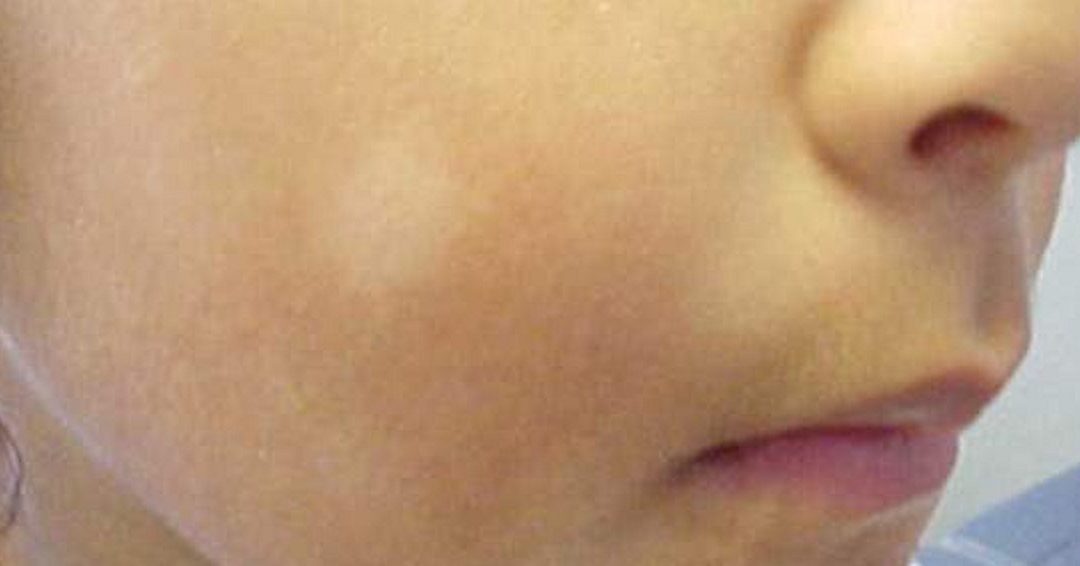
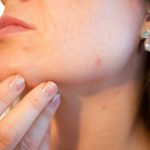
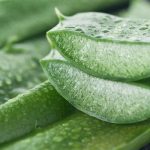
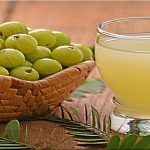
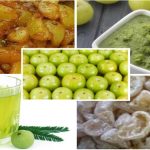
This is nice article. We also observed these marks on our son’s face. We were suggested to give calcium dose to our son. We gave him calcimax syrup and /or calcerea phosphate(homeopathy sweet granules) and the spots went away in few weeks.
Glad you liked the article. Nice to know that the spots disappeared with the right medicine.
Which soap to use is pears ok
Pears is well tolerated by many however its new formulation has a long list of chemicals including sodium laureth sulphate (SLS) which is very harmful for skin. So please check the ingredients of the soap you are using. Best is to go for plant based, chemical free and preservative free products with essential oils in it. In this regard, i found vidhyanjali ahinsa sondarya’s soaps very mild and soothing for skin. Few of my patients with eczema of skin who could not tolerate any soap in the market have settled well with vidhyanjali. You can check their website https://vidhyanjalionline.com/
Nice article. My daughter have same problem..Will try your suggestions…
I’m glad you liked it:) Thank you and please do give it a try!
My son has same patches on his cheeks . Nice article will try insha’ALLAH.
Thankyou..I am glad you liked the post!
This is very nice information, I have faced the very same problem with my 2+ years old kid. For my kid though the marks went away by itself, but now I can actually relate why it caused and will follow your suggestions to avoid in future.
Thanks for sharing your experience Srilatha. I am happy you liked the article!
Dear Doctor,
I have a 2 year old son and recently he has developed many white spots on both of his cheeks. He is becoming quite irritable and stubborn these days as well. Can you please help us..
Best Regards,
Vikram
Hello Vikram,
Thanks for writing in. There are various causes of white spots in children ranging from as mild as pityriasis alba and tinea versicolor (fungal infection of skin) to as severe as vitiligo, eczema and psoriasis. Additional reasons are there as well. Each skin disorder has its own characteristic symptoms and white spot appearance. It is important to take into account the entire clinical picture to differentiate and diagnose appropriately. Please mail me at drdeepika@keytoperfecthealth.com with a photograph of the child’s cheeks along with his symptoms so that I can help you further.
Dear Doctor,
Your article is really helpful and well explained. My 4 years daughter is also having one small white patch on her face last some days. I sent you her picture on your mail ID to understand the real situation. Please help me to provide her proper treatment.
Hi Pankaj, I am really glad that the post is of help to you. I will check the mail and get back to you.
What abou adutls having same white spots, on the cheeks and on the face ?
As there are number of skin conditions that closely mimic each other and can be best diagnosed by seeing in person, I would suggest to show to a dermatologist.
Great website! I am loving it!! Will come back again. I am taking your feeds also.
Thanks a lot for your valuable comment…means a lot!
thank you
i have the same problem with my child she has been getting this from the age of 4 she is 9 now it goes away then come back ….
i have used E45 and epy creams and for soap i always use the pure product but for some reason this year its not working
so im ready to try your method
My eight year old son is having same type of spots but little bluish in color dr tested diff tests nd his vitamin D is 16 thn dr gave him d3 dose of 8 weeks but it didn’t help spots still there and some new spots are coming plz suggy